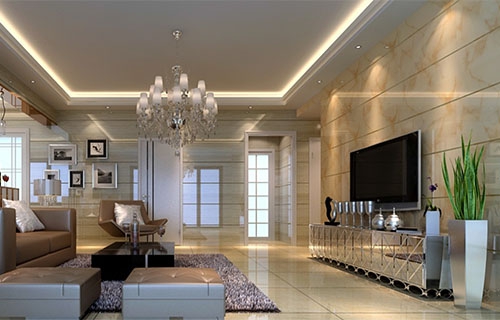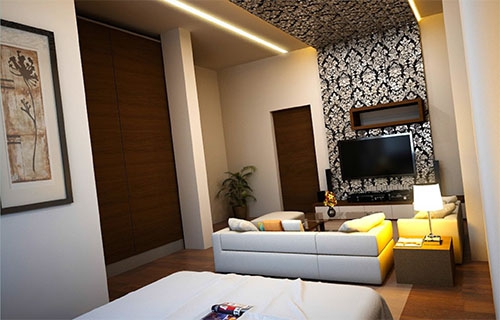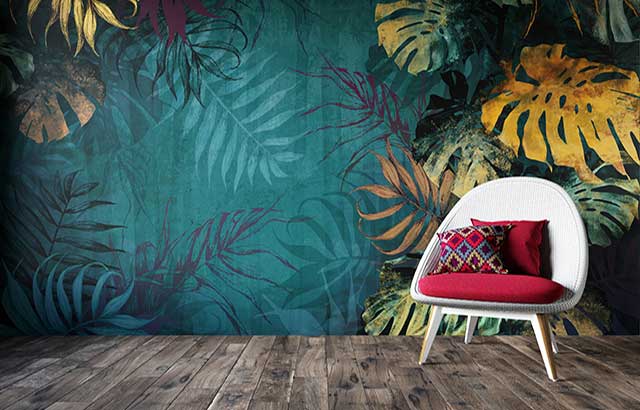If you would like to create an PVC Wall Panels interior decoration project yourself, we hope this guide can be of great help. By going through this piece of article, you'll be able to do a step by step installation. It states everything you wish to know to put in your cladding and trims.
Everyone dreams of getting a pretty home an area they'll be happy with, each morning and night. The quote, "Home is wherever the heart is," goes all right, with the statement. So, what goes into creating a home of one’s dream is placement of beautiful artworks for uplifting the interiors of one’s residence.
Your home says tons concerning your style of art and aesthetics, thus confirm, you say it out proudly. The delicacy of art comes with the knowledge of the latest innovative technology and trends and PVC wall panels are examples.
Starting the Installation process
PVC Wall Panels are usually mounted vertically i.e. from floor to ceiling, but panels can also be fitted horizontally, especially if the shape of the area makes this a better choice. Similarly, Ceiling Panels can also run in either direction. Of course, you may have a preference on the approach you'd like according to your requirements.
Cutting the PVC Wall Panels to required measurements.
Panels may be simply cut or cut with the help of a carpenter tool. We will suggest you using a toothed saw. The finer the teeth, the neater the cut you'll get.
Decorative plastic panels can simply be mounted to virtually any surface. Keeping in mind, the kind of wall or ceiling you have to select different types of fitting and size for the PVC Wall Panels.
Nailing the PVC Wall Panels for reliability
Apply nails equally and level within the PVC Panel lip. Take care to not hit the PVC panel with the hammer. This methodology solely applies once fixing the cladding to a wooden surface or battening. Make certain the battening is flat and level.
Fixing PVC Wall Panels with screws
Apply screws through the PVC Panel lip. Screw fixing is often made to wood wall studs. But breezeblock, brick or gypsum board would require the wall to be plugged before screwing. Once the first plank is mounted in place following conceals the previous fixing.
Stapling as another alternate for nails and screws:
You can also use stainless-steel staples for fixing panels to plaster or wood wall studs. This technique is especially appropriate where wooden wall studs have been used. Perpetually check that your wall studs are flat and level packing them out wherever necessary on uneven walls. This can stop the panels from developing an unwanted curvature.
Gluing PVC Panels to walls as the most preferred method:
This is the tactics most liked by PVC Wall Panel installers but you can only use adhesive when applied to a dry, even wall. The wall should be freed from any greasy substances and mud. Only use specified or recommended adhesive. This is one of the strategies aimed to reduce the utilization of trims and attain incredibly neat and professional finish.
We hope that this piece of article has helped you. If you require more assistance, please don't hesitate to contact us via our email i.e. info@madaanindia.com or contact form on our website, and we will get back to you as soon as possible.
If you want to know more on the same topic you can visit website www.madaanindia.com where our experts can help you further.



